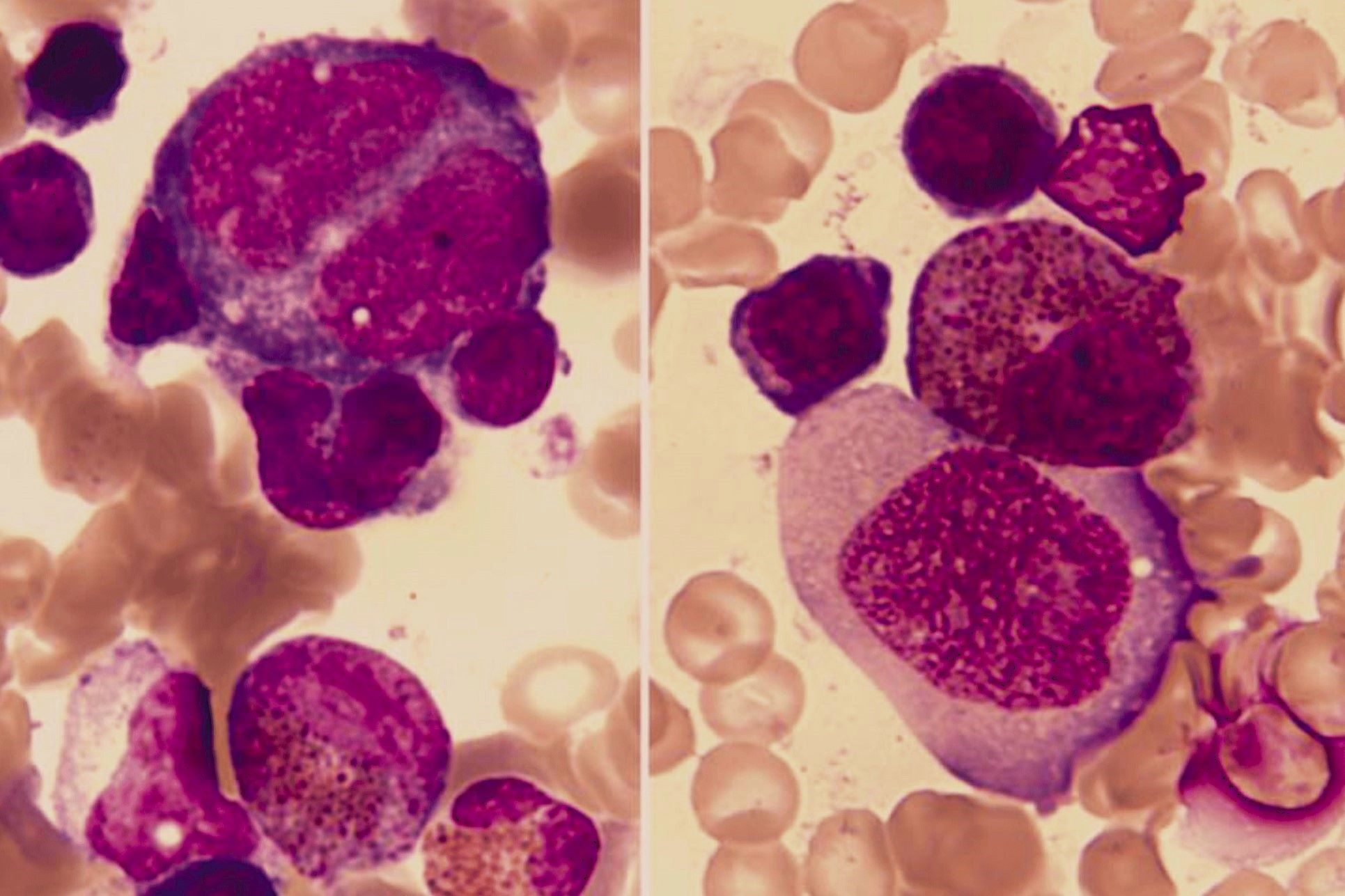
Familial Eosinophilia is a rare genetic disorder where the body produces an unusually high number of eosinophils, a type of white blood cell. This condition can lead to various health issues, including organ damage and inflammation. What causes familial eosinophilia? The primary cause is mutations in the PDGFRA gene, which plays a crucial role in cell growth and division. These mutations are inherited in an autosomal dominant pattern, meaning only one copy of the altered gene is needed to cause the disorder. Symptoms can vary widely, from mild to severe, making early diagnosis and treatment essential. Understanding this condition can help manage its effects and improve quality of life for those affected.
Key Takeaways:
- Familial Eosinophilia is a rare genetic disorder causing elevated eosinophil levels, leading to organ damage and various symptoms. Treatment options include corticosteroids, biologic therapies, and lifestyle changes for managing the condition.
- Genetic counseling and family planning are crucial for families affected by Familial Eosinophilia. Research is ongoing to understand the genetic mechanisms and develop new treatments, while living with the condition involves regular check-ups, education, and community support.
What is Familial Eosinophilia?
Familial eosinophilia is a rare genetic disorder characterized by an elevated number of eosinophils, a type of white blood cell. This condition can lead to various health issues, including organ damage. Here are some intriguing facts about familial eosinophilia.
-
Familial eosinophilia is inherited in an autosomal dominant pattern, meaning only one copy of the altered gene is needed to cause the disorder.
-
The condition is caused by mutations in the IL5RA gene, which plays a role in the growth and activation of eosinophils.
-
Eosinophils are part of the immune system and help fight off infections and parasites.
-
Elevated eosinophil levels can lead to organ damage, particularly in the heart, lungs, and gastrointestinal tract.
-
Symptoms of familial eosinophilia can vary widely, from mild to severe, and may include fatigue, weight loss, and fever.
Symptoms and Diagnosis
Understanding the symptoms and how familial eosinophilia is diagnosed can help in managing the condition effectively.
-
Common symptoms include skin rashes, itching, and swelling due to the accumulation of eosinophils in tissues.
-
Some individuals may experience asthma-like symptoms, such as wheezing and shortness of breath.
-
Blood tests are used to measure eosinophil levels and help diagnose familial eosinophilia.
-
A bone marrow biopsy may be performed to rule out other conditions that cause elevated eosinophil levels.
-
Genetic testing can confirm the presence of mutations in the IL5RA gene.
Treatment Options
While there is no cure for familial eosinophilia, several treatment options can help manage symptoms and prevent complications.
-
Corticosteroids are commonly used to reduce inflammation and lower eosinophil levels.
-
Immunosuppressive drugs may be prescribed to control the immune system's activity.
-
Biologic therapies, such as monoclonal antibodies, target specific pathways involved in eosinophil production.
-
Regular monitoring of eosinophil levels and organ function is essential for managing the condition.
-
Lifestyle changes, including a healthy diet and regular exercise, can help improve overall well-being.
Genetic Counseling and Family Planning
Genetic counseling can provide valuable information for families affected by familial eosinophilia.
-
Genetic counselors can help families understand the inheritance pattern and risks of passing the condition to offspring.
-
Prenatal testing is available for families with a known history of familial eosinophilia.
-
Preimplantation genetic diagnosis (PGD) can be used during in vitro fertilization to select embryos without the genetic mutation.
-
Family members of affected individuals may also consider genetic testing to determine their risk.
-
Support groups and counseling can provide emotional support and resources for affected families.
Research and Future Directions
Ongoing research aims to better understand familial eosinophilia and develop new treatments.
-
Researchers are studying the genetic mechanisms underlying familial eosinophilia to identify potential therapeutic targets.
-
Clinical trials are testing new biologic therapies that specifically target eosinophils.
-
Advances in gene editing technologies, such as CRISPR, hold promise for correcting the genetic mutations causing familial eosinophilia.
-
Patient registries and databases are being established to collect data on familial eosinophilia and improve understanding of the condition.
-
Collaboration between researchers, clinicians, and patients is essential for advancing knowledge and treatment options.
Living with Familial Eosinophilia
Managing familial eosinophilia involves a combination of medical treatment and lifestyle adjustments.
-
Regular check-ups with healthcare providers are crucial for monitoring the condition and adjusting treatment as needed.
-
Education and awareness about familial eosinophilia can help individuals advocate for their health and access appropriate care.
-
Stress management techniques, such as meditation and yoga, can help improve quality of life.
-
Nutritional support from a dietitian can ensure a balanced diet that supports overall health.
-
Community support from others with familial eosinophilia can provide valuable insights and encouragement.
Final Thoughts on Familial Eosinophilia
Familial eosinophilia, a rare genetic disorder, affects blood cells called eosinophils. These cells, part of the immune system, can cause health issues when they multiply excessively. Symptoms vary widely, from mild to severe, and can include skin rashes, respiratory problems, and gastrointestinal issues. Diagnosis often involves blood tests and genetic screening. While there's no cure, treatments focus on managing symptoms, often using corticosteroids or other medications to reduce eosinophil levels.
Understanding familial eosinophilia is crucial for those affected and their families. Awareness can lead to better management and improved quality of life. If you or someone you know shows symptoms, consulting a healthcare professional is essential. Early diagnosis and treatment can make a significant difference. Stay informed, seek support, and remember, you're not alone in this journey. Knowledge empowers, and together, we can navigate this condition more effectively.
Frequently Asked Questions
Was this page helpful?
Our commitment to delivering trustworthy and engaging content is at the heart of what we do. Each fact on our site is contributed by real users like you, bringing a wealth of diverse insights and information. To ensure the highest standards of accuracy and reliability, our dedicated editors meticulously review each submission. This process guarantees that the facts we share are not only fascinating but also credible. Trust in our commitment to quality and authenticity as you explore and learn with us.


